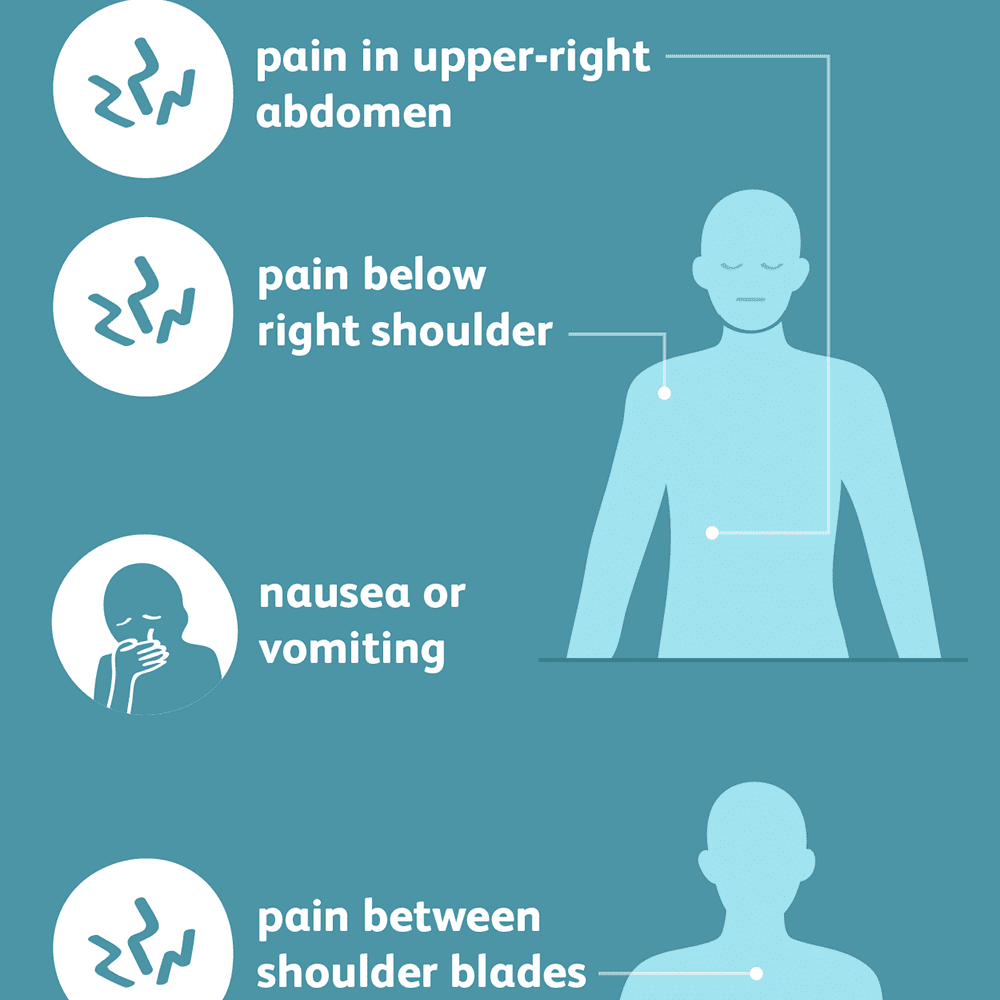Gallstones have a strange effect on the human body and gallstone symptoms are not always easily detectable
The symptoms of gallstones are different for every person who has them and it can be difficult to understand the signs and symptoms and what causes them. The main problem is that some of the symptoms are mistaken for other conditions.
Liver disease is often confused with gallstones or other digestive problems, especially when one is dealing with a sudden episode of vomiting. There are many signs that might point to liver disease; however, liver problems can also be brought on by gallstones. Some of the common symptoms include nausea, abdominal pain and vomiting. If you suffer from any of these symptoms, you should see a doctor to rule out liver disease and to find out whether you have gallstones.
Other symptoms may include swelling in the legs or abdomen due to gallstones. When looking for a reason for this swelling, it may be useful to have someone who knows you well to look at your abdomen while you have it. They will be able to notice any unusual swelling. These swelling can be very embarrassing if they occur during a period of heavy exertion.
Blood pressure can rise to dangerous levels and a high blood pressure could lead to serious problems. A blood test can reveal any abnormal readings but the best way to find out whether the problem is gallstones or another illness is to get the doctor to examine your abdomen. The doctor will look at the surrounding organs and liver for signs of damage. He will then take a blood sample and make an appointment to check your liver and gallbladder.
If there are any abnormalities, he may recommend that you see a physician immediately and then treat any underlying problem which may cause the symptoms. If there are no abnormalities, he may recommend that you seek medical treatment for your gallstone symptoms. He will look at your symptoms and determine whether they are related to other conditions.
The most common causes of gallstones are kidney disease and liver disease. In the past it was thought that gallstones developed when the kidneys did not do their job and failed to remove toxins from the blood. Now we know that gallstones are formed from bile and the presence of too much bile in the bloodstream will cause them to grow in numbers and form gallstones.
Gallstone symptoms can sometimes be confused with liver or kidney problems, because the first sign to look for in either of these types of problem is nausea. This is caused by an acid in the stomach. However, if one continues to have nausea over a long period of time it may point to other health problems such as liver disease and this should be dealt with immediately.

Gallstones can also be mistaken for diabetes or liver disease
These symptoms include weakness, dizziness, nausea, depression, tiredness and even hallucinations. It is important to remember that gallstones are not harmful, but they are a serious problem. When they are present they can be very painful and cause life-threatening complications.
If you are experiencing any of these symptoms do not ignore them. They need to be looked at as soon as possible because if left untreated they could cause more harm than good. Symptoms include fever, ดีซ่าน คือ and abdominal pain. If left untreated you will have trouble breathing and the symptoms will increase over time. Symptoms will continue to increase over a number of days.
Gallstones will cause pain when you urinate. They will cause pain in the abdomen, lower back and around the kidneys. The pain will get worse if the stone is pushed or squeezed. You might feel pain while eating or in the late afternoon or evening.
Pain is caused by the acid that is causing the stones to develop. This acid is able to destroy the blood vessels and it is important to keep the affected areas covered.
If the pain becomes severe there is no time to waste anymore and you must see a physician for treatment. You should always remember to have an appointment for a complete check up before the pain gets any worse.